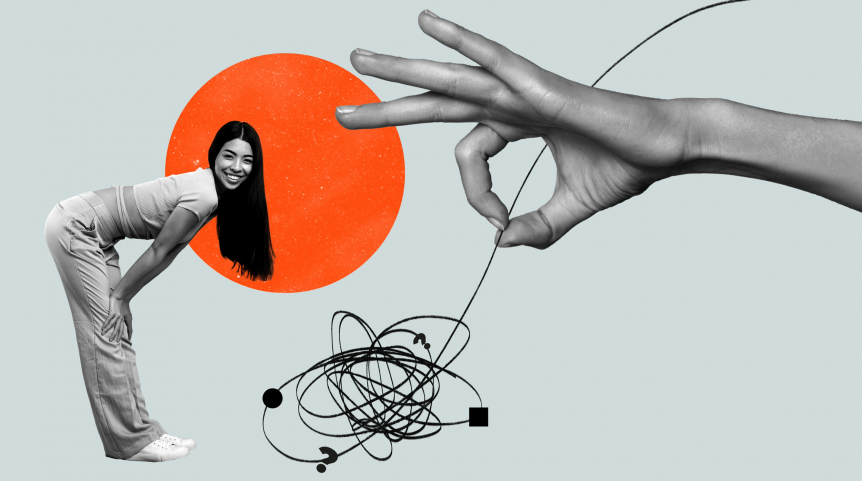
Imagine strolling through a vibrant marketplace, drawn in by the warm glow of a bakery’s window. Inside, the aroma of fresh bread mingles with the soft, curved counters, subconsciously inviting you to linger. This, my friend, is the power of design psychology in action.
Design psychology is the fascinating dance between design elements and our inner emotions and behaviors. By weaving colours, shapes, and layouts strategically, great designers can help nudge us towards certain actions, evoke specific emotions, and even shape our perception of reality.
Colour, the Emotional Chameleon:
Colours aren’t merely visual treats; they carry emotional baggage. Blue instills a sense of trust and calm, perfect for banking apps. Red exudes excitement and urgency, these are ideal for call-to-action buttons.
Understanding these associations allows designers to paint emotional landscapes, influencing our decisions without us even realizing it.
Shapes, Speaking Silently:
Beyond aesthetics, shapes whisper to our subconscious. Rounded edges convey warmth and approachability, while sharp angles communicate power and efficiency.
A website with bold, angular elements might subconsciously position the brand as professional and authoritative.
Layout, the Master Puppeteer:
How elements are arranged plays a crucial role. Visual hierarchy, using size, placement, and contrast to guide our eyes, ensures users find the most important information first. White space creates a sense of calm, while close proximity between elements suggests their relatedness.
These invisible cues dictate how we navigate a design, ultimately influencing our understanding and actions.
Familiarity, the Comfort Zone:
Design psychology uses the power of familiarity. Using established design patterns, like shopping cart icons or navigation bars, creates a sense of comfort, familiarity and ease of use.
This reduces think time, allowing users to navigate more intuitively, making for a more positive link with your brand.
Ethical application of design is crucial. Understanding these principles shouldn’t be about manipulation, but about creating user focused experiences that cater to both needs and emotions. When wielded responsibly, design becomes a powerful tool for building trust, fostering engagement, and guiding users towards positive interactions.
So, the next time you find yourself drawn to a particular product or website, remember, it’s not just aesthetics at play. It’s the invisible strings of design psychology, subtly shaping your emotions and behaviors, weaving a compelling narrative that resonates deep within.

